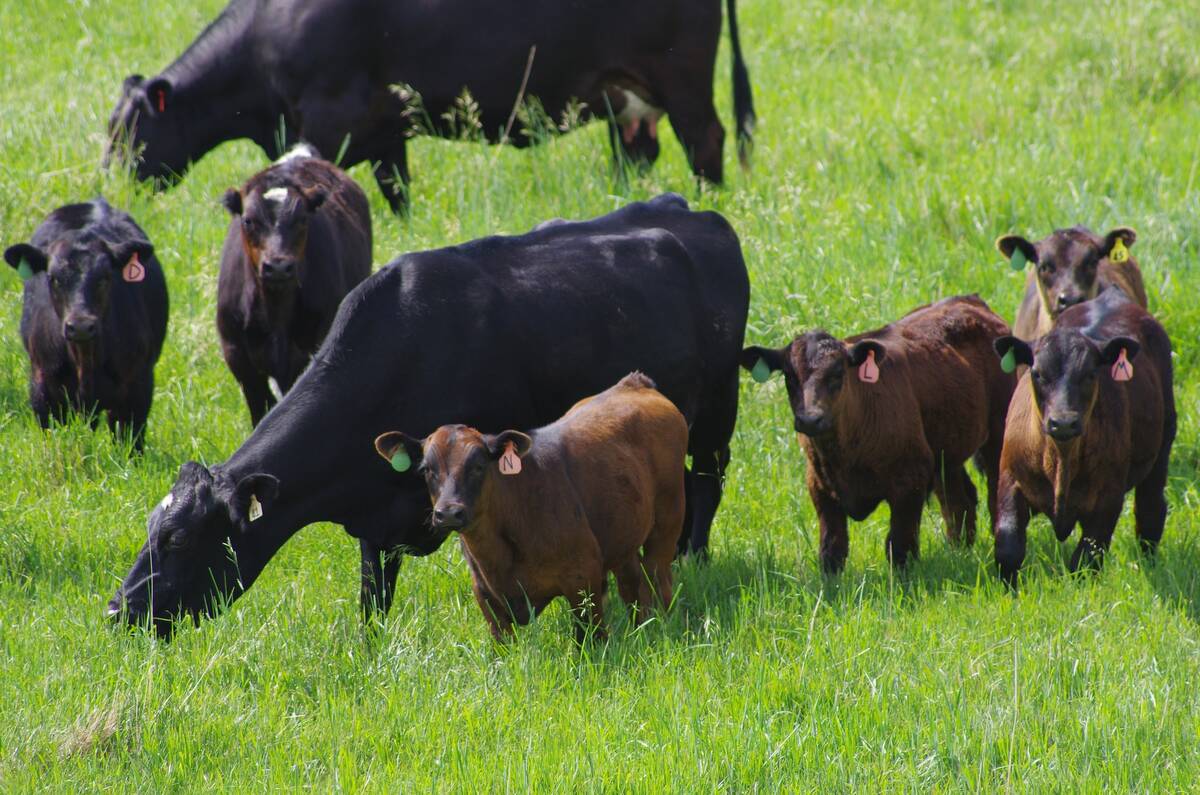Lower grain prices shrink farmer income and the effects have cascaded through the agriculture industry
CHICAGO, Ill. — U.S. farmers are skimping on everything from machinery to fertilizers as they brace for their leanest season in eight years.
They are betting that they can go down-market and yet maintain crop production and quality.
The belt-tightening has already squeezed sales of suppliers, and farming experts warn the gamble can backfire: less robust crop protection and less resilient seeds combined with some rough weather could hurt crops this year and beyond.
Jon Sparks, who farms 1,400 acres in eastern Indiana, is scrambling to cut costs wherever he can. He is buying cheaper seeds, using less fertilizer and hoping his farm equipment will not break down this year.
Read Also

Manitoba extends Crown land rent freeze
Manitoba government links the continued rental rate freeze on grazing and forage leases to economic and environmental challenges facing the industry
Sparks is not alone as farmers nationwide scrutinize every expense. Grain prices are plummeting after four years of bumper crops and earnings, and the U.S. Department of Agriculture forecasts this growing season to be the least profitable since 2007.
New farm equipment sales are down across the nation’s midwestern corn belt, and seed salespeople from Monsanto and DuPont Pioneer talk of a slump in business. As well, Mosaic and PotashCorp are reporting lower fertilizer sales volumes for some products.
The cutbacks have intensified since last autumn’s record harvest and it is unclear how they will affect grain production. However, the risks are considerable.
Weather forecasts are largely favourable for U.S. grain this summer, but they come with a degree of uncertainty. Agronomists say corn and soybean yields could drop 20 percent or more if growers skip disease and insect treatments to save money and the weather turns foul.
The United States is the world’s top soybean and corn producer and a major exporter, so any dent in output would ripple through global markets. It could also hurt U.S. cattle and hog producers, who use corn and soybeans as feed.
“Whether it is new equipment, fertilizer or other inputs such as fungicide, growers are re-evaluating every one of those decisions this year, probably at a higher level than they have in the past,” said Tom Eickhoff, corn agronomic systems lead for Monsanto.
It is too early to gauge how deep the farm spending cuts are, but the squeeze to suppliers’ profits and sales gives some sense of the scale of the belt-tightening.
Deere & Co., the world’s largest farm equipment maker, reported a 43 percent drop in profit in its first quarter to Jan. 31 and has already laid off 1,500 plant workers in Iowa, Illinois and Kansas.
New equipment is “a convenience more than a necessity right now,” said Sparks.
Other cuts are more risky.
Sparks is planting corn seed without genetic resistance to rootworms in some of his fields this year because they lie outside the “hot zone” for the pest, which the USDA estimates causes US$800 million of losses each year.
Monsanto recently reported a 10 percent drop in seed sales in its second quarter to Feb. 28, with corn seed sales, its biggest revenue generator, down 15 percent.
A March 31 USDA report confirmed that U.S. farmers are planning to devote the least acres to corn in five years this season, switching to cheaper soybeans that require less fertilizer.
Meanwhile, more farmers than usual are passing on Monsanto’s newly launched, and most expensive, corn hybrids in favour of slightly older and cheaper ones, the company said.
In response, the company is cutting its seed production plans. Officials said the company’s contracted farmers will plant less seed corn this summer for use in the 2016 season.
DuPont Pioneer said the shift away from corn is hurting demand for some of its bug-battling hybrids.
Choices made today will affect farmers until next season as they try to strike a balance between costs and crop quality and protection.
Planting a less resilient seed or too much of a single variety can amplify crop losses if there is a spell of poor weather or an insect or disease outbreak. Skimping on fertilizer saves money but can also reduce crop yields.
Still, Brian Duncan, who farms in Polo, Illinois, said he will forego spraying his corn crop with fungicide and supplemental insecticide this year.
Instead, he will rely on the built-in bug protection in his biotech corn seed, which he bought from a single company to get a bulk discount. The strategy could save him as much as $35 an acre, or up to $123,000, if applied on all of his 3,900 acre farm’s corn fields.
Many shun the new and embrace the old.
Southwestern Indiana farmer Don Villwock is putting off a trial of DuPont Pioneer’s latest data-science advisory service this season, which costs $12 an acre. Instead, he will pay $8 an acre to rely on his local agronomist for guidance.
He is also tuning up his three-year-old corn planter instead of trading it in for a new one and skipped a trip to the annual Louisville Farm Show for the first time in a decade.
“I figured it’s best not to be tempted, so I stayed home.”














